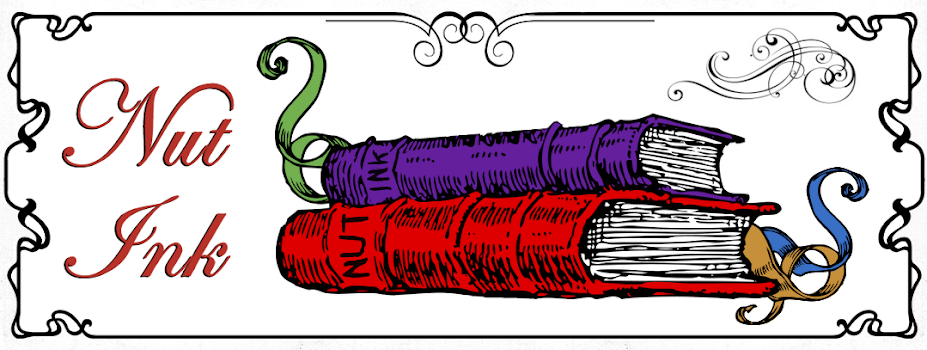Author: Clive Barker | Page Count: 128
'Everywhere, in the wreckage around him, he found evidence to support the same bitter thesis: that he had encountered nothing in his life—no person, no state of mind or body—he wanted sufficiently to suffer even passing discomfort for.'
The Cenobites, as they're more often referred to, are creatures for whom dealings in pleasure are a currency and a privilege, but their definitions of what pleasures of the flesh entail long ago exceeded the human sadomasochistic scale.
There are only four main characters. Unlike Frank the other three aren't as seasoned or as inherently obsessive in their pursuits. Their world is smaller. They're regular people with regular needs. Part of what makes them interesting is that, while each person's desire is different, they're tangled up together: two are in a loveless marriage, while the third is dealing with feelings of unrequited love. Everyone, including the antagonist Frank, craves something that only exists outside of themselves, and some of them dare to reach for it.
As first chapters go it's one of his more repulsive ones. The calculated grossness continues in the same vein throughout. You get the feeling that Barker has visualised the scenes so completely that he was able to move around within them, see them from all angles and even, on occasion, smell their vileness.
The Pinhead character that has become the hideous figurehead of the film series isn't in the book, or rather isn't the same as the one film fans will be familiar with. Putting his image on the cover was a cheap lure by Harper Collins. But I do love the unifying border design they used across all their early Barker books.
4 perverse logics out of 5




